Pingyao Ancient City
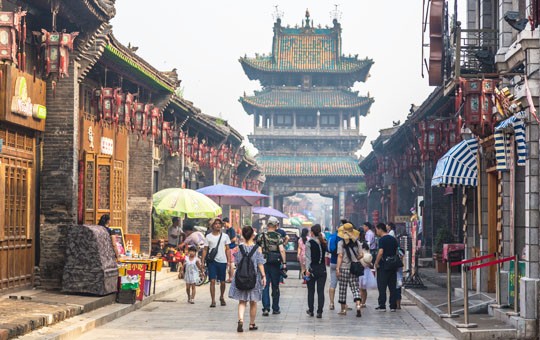
Originally founded in the 14th century and covering an area of over 2 square kilometers, Pingyao Ancient City is a historic town that includes ancient lanes, shops, dwellings, and temples, all encircled by one of China’s best-preserved city walls. The Ancient City of Pingyao was inscribed as a UNESCO World Heritage Site in 1997.
Highlights and Travel Tips
The old city of Pingyao is an outstanding example of a typical city of the Ming and Qing dynasties (from the 14th to 20th century). The ancient city wall, which completely encloses the old town and is one of the best-preserved of its kind in China, is a good place to stroll and appreciate the old city from above.
Within the walled town is a web of narrow streets, alleys, and traditional brick courtyard houses. Being the financial center of China from the 19th century to the early 20th century, Pingyao Ancient City is full of old architecture and historic significance. Some of the most notable buildings include the Confucian Temple, the Temple of the City God, the Ancient County Government Building, and Rishengchang Bank, as well as many other perfectly preserved old buildings.
Mingqing Street, the main thoroughfare that cuts through the old city, is lined with old houses which have been converted into shops, restaurants, bars, and guesthouses. The street becomes very busy in the evening and offers a great place to stroll, taste local food, shop, or just people watch. The shopping is good, but is similar to other old towns in China and might seem a little repetitive.
There are still locals who live in Pingyao Ancient City, and there are a number of guesthouses where you can stay. It is a good idea to stay within the ancient city and get up early in the morning when there are fewer tourists on the streets. That way, you can explore the city when the streets are a bit more tranquil and see locals going about their daily life, much as they have done throughout the long history of this ancient city.
While entering the ancient city is free, you need to buy a combo ticket to visit the many historic buildings in the old city. The ticket is valid for three days, but you can only visit each ticketed place once. You are required to show your ticket when entering each location, so remember to keep you ticket throughout your stay in Pingyao.
Pingyao Ancient City Wall
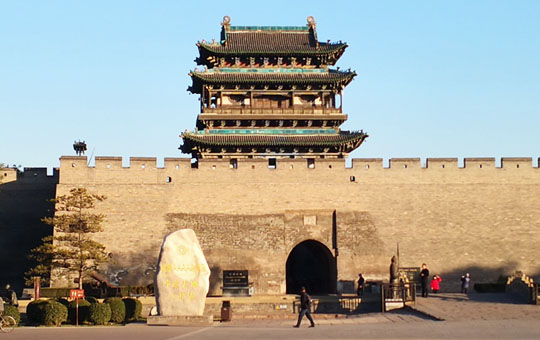
The old city wall of Pingyao is one of the attractions that make this UNESCO World Heritage Site so magnificent. Pingyao’s city wall is about 40 feet (12 meters) high and its width varies from 10 to 20 feet (3 to 6 meters) at the top. It is made from compacted earth and covered with brick and stones. When viewed from above, the wall resembles a turtle, which is a symbol of longevity in Chinese tradition.
There are six gates into the walled city, one each in the north and south and two on the east and west sides. The south gate is the head of the turtle and the most impressive one, and visitors should be sure not to miss this entrance. Outside the south gate, there is a square that offers a good angle and distance for viewing and photographing the city wall and gate.
We recommend walking on the top of the city wall, as well. Although you cannot walk around the entire perimeter of the wall, a good portion of it is open to visitors. The top of the wall is peaceful and affords a wonderful bird’s-eye view of Pingyao Ancient City, as well as great photo opportunities for photographers.
Mingqing Pedestrian Street & City Tower
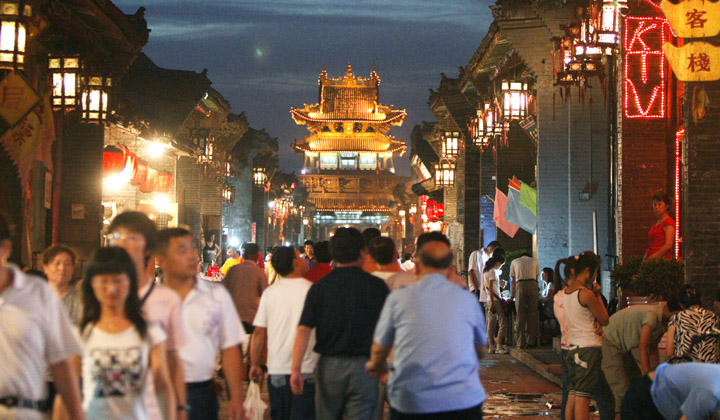
One of the best things to do in Pingyao is stroll down the lanes of the old city. The area within the city walls is mostly pedestrianized and you can walk along the old streets, visit shops, sample snacks, and relax in a cafe with a cup of tea or coffee. There are lots of restaurants, most with English menus, so it’s easy to get a meal on your own.
The old city itself is about 1 square mile, so you won’t get too lost. In the middle of the main street sits the picturesque city tower, which together with the old buildings along the street makes for the quintessential photo of Pingyao.
Confucian Temple
The Confucian Temple of Pingyao was traditionally a school. During the age of imperial testing in China, people came here to take their exams. First built as early as the 7th century, the temple was rebuilt in its current form in the year 1163 and remains remarkably well-preserved.
The temple has peaceful gardens and lovely architecture and makes for a pleasant stroll. You can even see the desks where students once sat to take their exams.
Ancient County Government Building
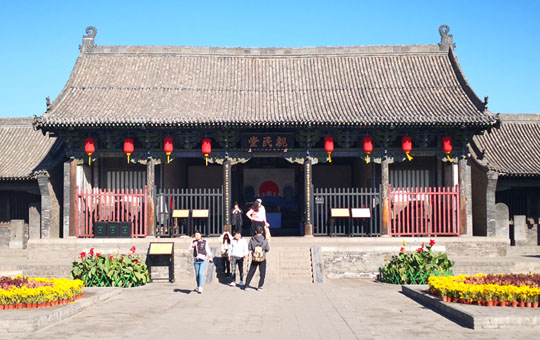
The Ancient County Government Building (Gu Xianya in Chinese) is located in the center of Pingyao Ancient City. It was first built during the Northern Wei Dynasty (386-534) and was rebuilt in 1346. The well-preserved county government office lies on a north-south axis and occupies a huge complex of more than 26,000 square meters.
County government offices were a local branch of administration in feudal China, and the head of it was called the local magistrate (Fumu Guan), meaning "father and mother" to the local people. The county government functioned much like a court. Today, a short court case is reenacted from time to time everyday, which allows visitors to get a glimpse of the court procedures of ancient times.
Rishengchang Draft Bank
Established in 1823, Rishengchang is famous as China’s first draft bank (traditionally called Piaohao in Chinese), a predecessor of modern banks in China.
During the Qing Dynasty, China's currency was based on silver coins. It was not convenient or safe for traders to move the coins from one location to another in China. The Rishengchang Draft Bank was part of a chain which offered a convenient method to move money through a system of bills. Traders could deposit money in one location and it could be withdrawn in another.
While the system of exchange shops eventually ended in bankruptcy, Rishengchang had a great influence on the Chinese economy during its 108 years of operation. Although the bank itself is not huge, because of its historic significance, this sight attracts a lot of visitors!
Temple of the City God
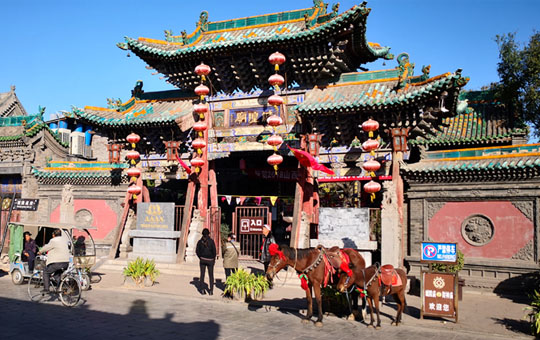
The Temple of the City God is a well-preserved Taoist temple located within Pingyao Ancient City. The temple complex has a historic atmosphere, and many locals come to burn incense and pray. This colorful and peaceful temple makes for a pleasant stop for visitors to Pingyao.
Qingxu Taoist Temple
Now housing the Pingyao Museum, the Qingxu Temple was a Taoist temple that eminent people and scholars frequently visited to study and meditate on Taoist teachings. The museum housed in the temple today covers Taoist civilization and the history of Pingyao, and showcases valuable cultural relics.
Opening Hours and Ticket Prices
Opening hours: 8:00a - 5:30pm
Entrance fee: 125 RMB
Average time for this activity : 1-1.5 days
How to Get There
Pingyao Ancient City is about 9 km from the Pingyao bullet train station. Hotels in the ancient city usually offer free pickup and drop-off services for guests who book rooms with them.
Popular Pingyao Tours
- 2-Day Pingyao Tour from Beijing
- North China Culture Adventure - 10-day Beijing, Pingyao, Xi'an, Luoyang tour
- More Pingyao tours...
